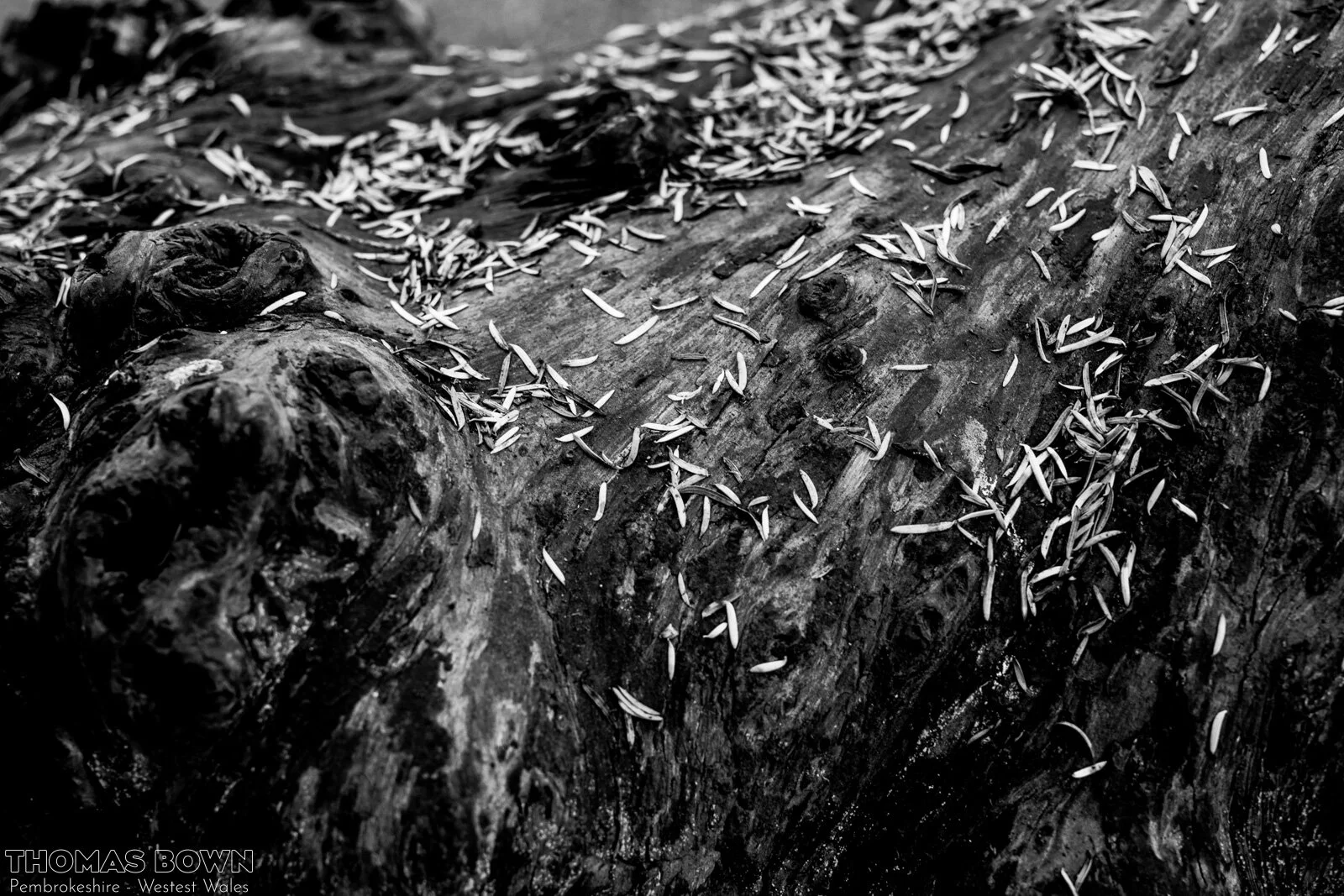I was up in Nevern recently so decided to pop into the church there as I hadn’t visited before. It’s a fascinating place with a long and interesting history. It was founded in 540 AD by St Brynach who it is said had the help of a wild stag which dragged the first timbers from the surrounding woodland. Many evangelists travelled across Europe from as early as the 1st Century AD and were known as Peregrinatio pro Christo ‘Pilgrims for Christ’. St Brynach came from Ireland as one of these early messengers.
There are numerous legends about him, as with other early Saints, but these were written 400 years later at a time when the monks who wrote them were trying to ‘big up’ the role of the Church in Society. We don’t know if these are true, but, as Dr. Johnson said, ‘you may believe them or not without imperilment to your soul’. Nevern Church.
Brynach is thought to have chosen Nevern because it was afforded protection from the castle that sat above the site and had existed as a stronghold for tribal chieftains since the Iron Age. The River Nevern served as an access route for viking longboats and over the course of 300 years, raids on the area were a common occurrence. The castle was a good place to seek shelter from the raiders who would move on to seek easier targets rather than engage in a protracted siege. In the 10th century, many thousands of pilgrims passed through Nevern on their way to or from St Davids which had become an important religious centre. The church was rebuilt and improved over the years as the influence of church and religion waxed and waned but in 1864 the Victorians renovated the church with money brought into the area by the burgeoning industrial revolution.
The imposing celtic cross that stands in the churchyard is carved from a piece of local dolerite and dates from the 10th century when the Normans brought Catholicism to the church. At this time the decor is thought to have been much more gaudy with paintings depicting biblical stories adorning the walls. In the 15th century the Reformation brought an end to the catholic era and the church became Anglican.
The yew trees in the grounds have a few legends associated with them. The 'Bleeding Yew' weeps a red, blood like sap from a patch on the trunk. A monk is said to have been hanged from the tree and according to the legend, the man declared his innocence and proclaimed that: "If you hang me guiltless as I am, the tree will bleed for me". Equally as unbelievable but entirely true is that the tree is around 700 years old.





















